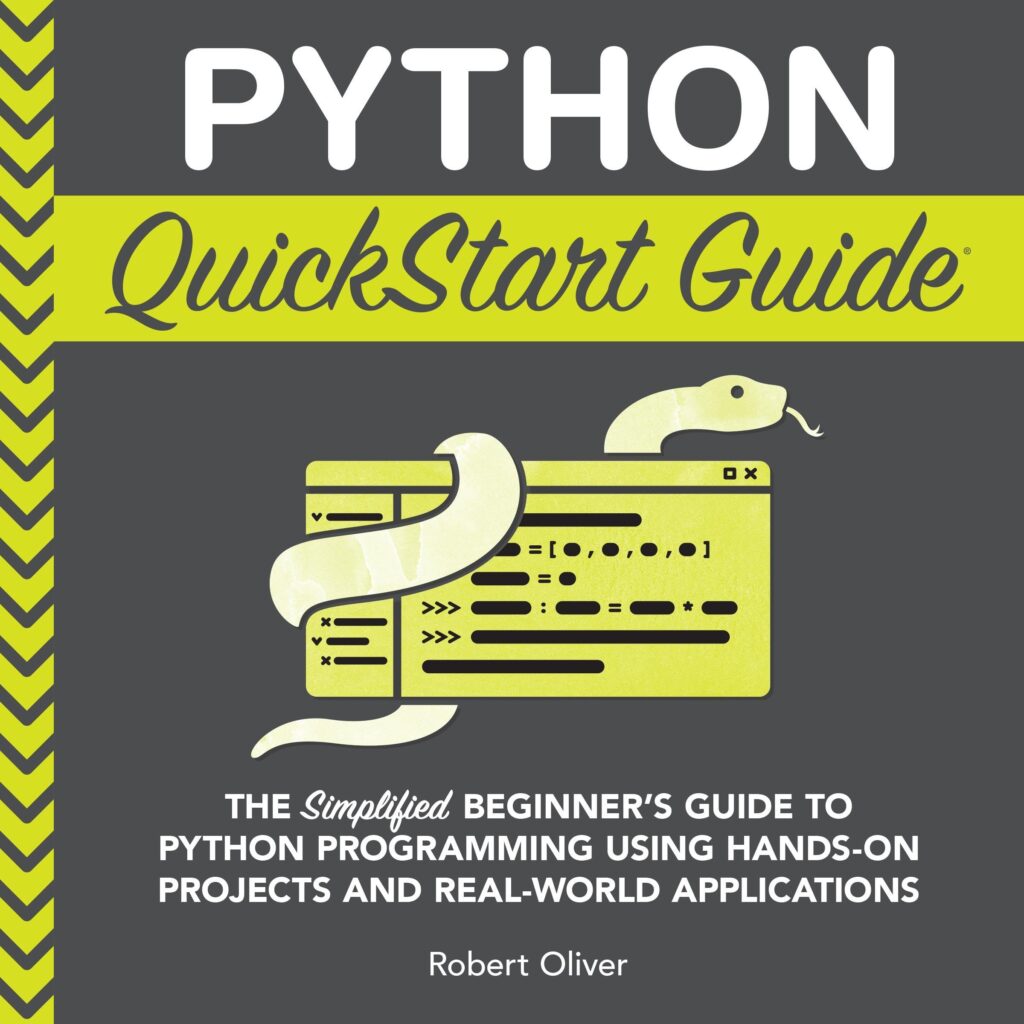
Visa $25 Gift Card (plus $3.95 Purchase Fee)
$28.95 (as of December 9, 2025 08:32 GMT +00:00 - More infoProduct prices and availability are accurate as of the date/time indicated and are subject to change. Any price and availability information displayed on [relevant Amazon Site(s), as applicable] at the time of purchase will apply to the purchase of this product.)Introduction to Flask Blueprint
Flask Blueprint is a powerful tool that allows developers to organize their Flask applications into distinct components, making it easier to scale and maintain. Essentially, it serves as a mini-application within the larger Flask application. It has its own set of routes, templates, static files, and view functions.
Blueprints are created by instantiating the Blueprint class provided by Flask. Once created, a Blueprint acts as a central registry for views and other application features. When it’s time to build the application, these Blueprints are registered with the Flask application instance, bringing together all the different components.
from flask import Flask, Blueprint
app = Flask(__name__)
# Define the Blueprint
simple_page = Blueprint('simple_page', __name__, template_folder='templates')
@simple_page.route('/home', methods=['GET'])
def home():
return "Welcome to the Home Page!"
# Register the Blueprint with the Flask application
app.register_blueprint(simple_page)
if __name__ == '__main__':
app.run(debug=True)
This compact structure enables easier navigation of the project files, particularly in extensive applications where features can span across a high number of modules and folders. Additionally, Blueprints facilitate team collaboration, as different developers can work on separate Blueprints concurrently without causing merge conflicts.
A common pattern is to organize these mini-applications around the different logical components of your application such as authentication, admin interface, or a public-facing API. Blueprints also make it straightforward to add reusable components or even third-party Flask extensions to an application.
Benefits of Modular Applications
One of the main advantages of using modular applications is the improved organization of the codebase. By dividing your Flask application into smaller, manageable pieces, you can easily keep track of different features and functionalities. That’s particularly beneficial for larger projects that may become unwieldy and difficult to navigate without a structured approach.
Another significant benefit is the ease of collaboration. In a team setting, each developer can take responsibility for a different Blueprint, reducing the chances of code conflicts and streamlining the development process. This clear separation of concerns also means that team members can work more autonomously and efficiently, as they do not have to wade through unrelated code to find what they are working on.
- Reusability: Blueprints make it simple to reuse a component across different projects. If you have created a Blueprint for user authentication, for example, you can easily implement it in any new Flask project without additional coding.
- Maintainability: Maintenance becomes less of a chore with modular applications. If a particular feature needs updating or fixing, you can go directly to the relevant Blueprint without affecting other parts of the application.
- Scalability: As your application grows, so does its complexity. Blueprints provide a way to scale your application logically. By adding new Blueprints, you can expand functionality without overcomplicating your application’s structure.
A Flask application without Blueprints can be like a book with no chapters; everything’s jumbled together making it harder to read, understand, and maintain over time.
Moreover, Blueprints support flexibility in development. Each Blueprint can be seen as a plug-and-play module – easy to plug in when needed, and just as easy to remove or replace without impacting the overall application. This modularity not only accelerates the development cycle but also facilitates experimentation with different features or integrations.
Implementing Flask Blueprint in Python
Now that we understand the benefits of modular applications and Flask Blueprint, let’s dive into how to implement this in a Python application. Creating a Blueprint is relatively straightforward and involves three main steps: defining the Blueprint, creating view functions, and registering the Blueprint with the application. Let’s break down each step with code examples.
To begin defining a Blueprint, we first import Blueprint from the Flask module. We then create an instance of Blueprint, giving it a name and specifying the module it is associated with using __name__. Optionally, we can also define template and static folders that are specific to our Blueprint.
from flask import Blueprint
bp = Blueprint('bp', __name__, template_folder='templates', static_folder='static')
Next, we create view functions. These functions behave just as they would in a normal Flask application, but instead of using the @app.route decorator, we use @bp.route.
@bp.route('/')
def index():
return "This is the index page of our Blueprint."
Lastly, to complete the implementation, we need to register our Blueprint with the main Flask application. We do this by calling the register_blueprint() method on the app object and passing in our Blueprint. This step is typically done in the main application file where we’ve created our Flask app instance.
from flask import Flask
app = Flask(__name__)
app.register_blueprint(bp)
if __name__ == '__main__':
app.run(debug=True)
It is also worth noting that you can register multiple Blueprints with the same Flask application. Each Blueprint acts independently, so you can have one for each major component of your application like admin, auth, or profile pages. Here’s an example:
auth_bp = Blueprint('auth_bp', __name__)
admin_bp = Blueprint('admin_bp', __name__)
app.register_blueprint(auth_bp, url_prefix='/auth')
app.register_blueprint(admin_bp, url_prefix='/admin')
The url_prefix parameter is particularly useful as it allows us to prefix all routes defined in a Blueprint with a common path, which is very handy to keep your URLs organized.
Best Practices for Using Flask Blueprint
When working with Flask Blueprint, it’s important to follow best practices to ensure the modularity and scalability of your application. Here are some best practices for using Flask Blueprint effectively:
- Logical Structure: Organize your Blueprints around the logical divisions of your application, such as authentication, user profile, or admin section. This helps maintain a clear structure and makes it easier for developers to navigate and understand the code.
- Consistent Naming: Be consistent with naming conventions for your Blueprints. This includes the Blueprint names themselves, as well as route names. Consistency will make your code more readable and maintainable.
-
Use of
url_prefix: Utilize theurl_prefixparameter when registering Blueprints to avoid route conflicts and help organize URL paths. That’s especially useful when Blueprints have multiple routes or when incorporating third-party Blueprints.admin_bp = Blueprint('admin_bp', __name__) app.register_blueprint(admin_bp, url_prefix='/admin') -
Blueprint Template Folders: Assign separate template and static folders for each Blueprint when necessary. This practice ensures that your resources are neatly organized and only loaded where they are needed.
bp = Blueprint('bp', __name__, template_folder='templates/bp', static_folder='static/bp')








